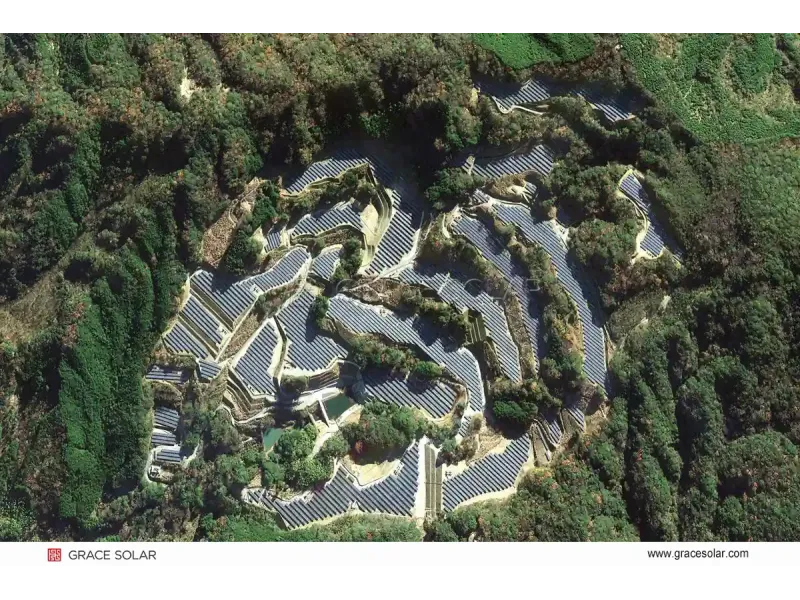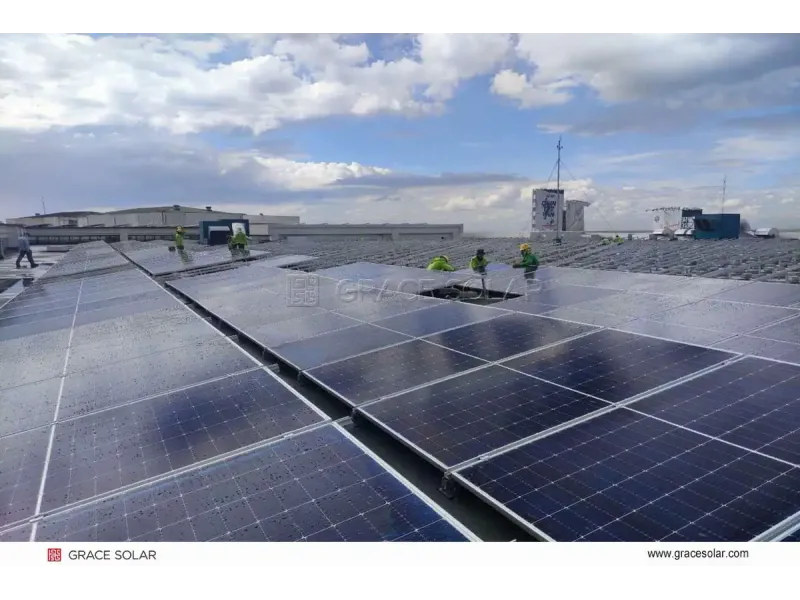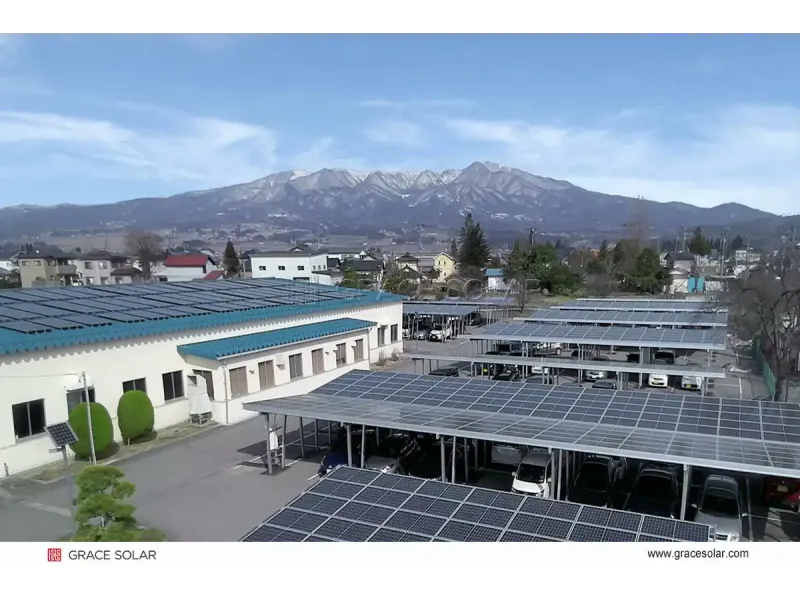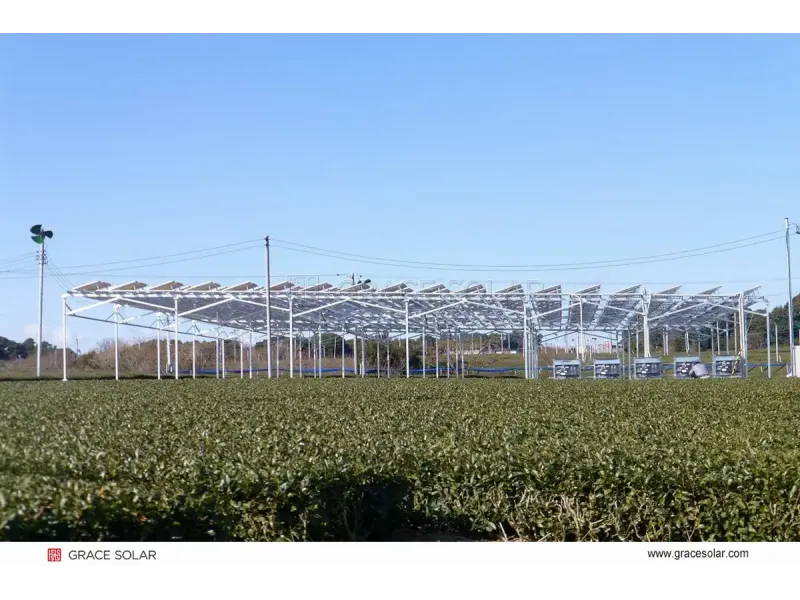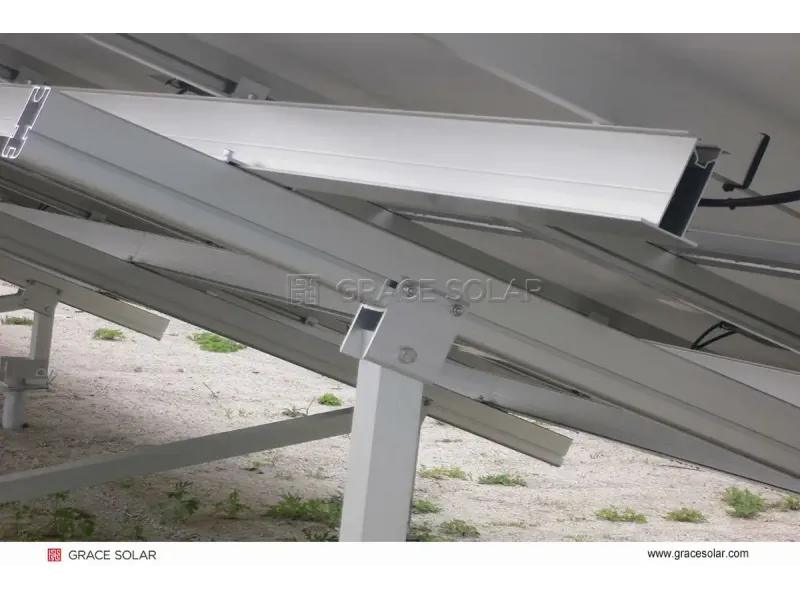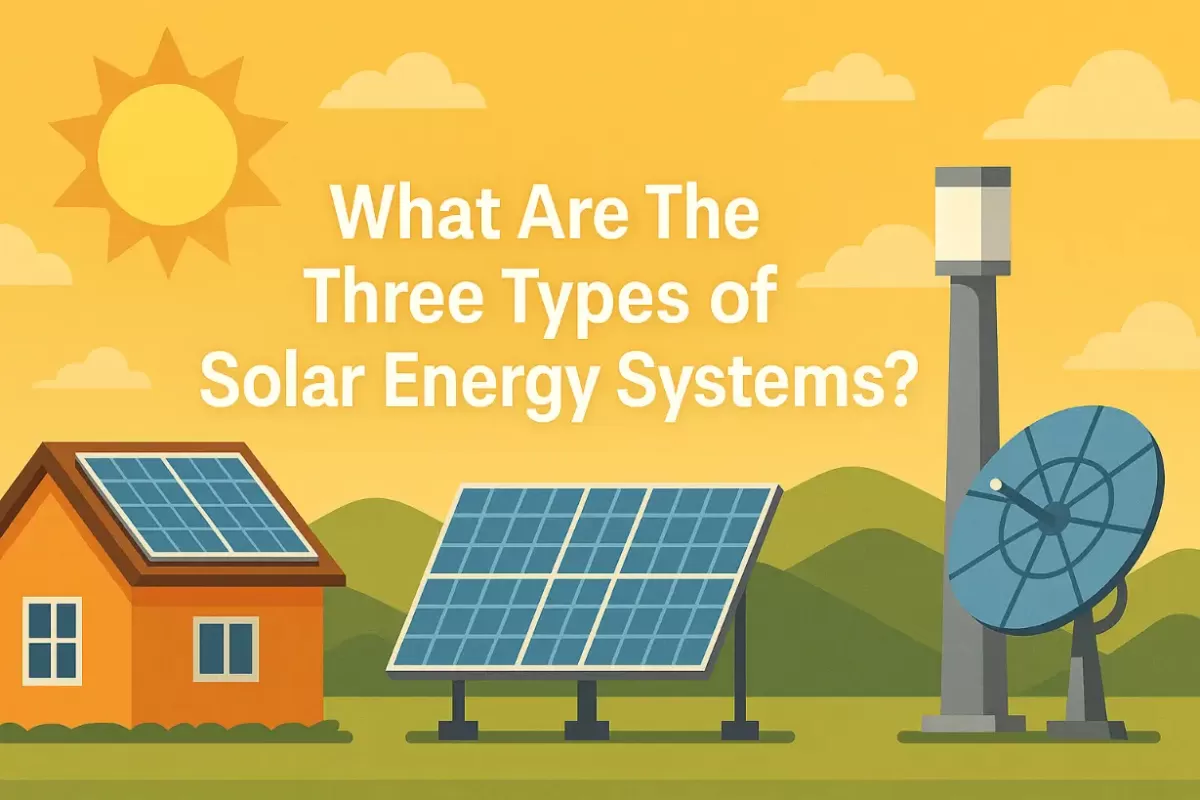
Understanding Solar Energy System Fundamentals
Solar energy systems convert sunlight into usable electricity through three primary configurations, each with distinct operational frameworks and applications. These systems empower global energy transition by offering solutions for residential, commercial, and industrial needs while significantly reducing carbon footprints.
Core System Classifications
Based on grid connectivity and energy storage capabilities, solar installations fall into these categories:
- Grid-Tied Systems (On-Grid)
- Off-Grid Systems
- Hybrid Systems
Key Selection Factors
Choosing the right system depends on:
- Grid availability and reliability
- Energy requirements
- Budget constraints
- Geographic location
Grid-Tied Systems: Cost-Effective Energy Integration
Grid-connected systems feed solar-generated electricity directly into public utility networks. When panels produce excess energy, net metering programs credit users for contributed power. These systems require no batteries, significantly reducing installation costs and maintenance complexity.
Operational Advantages
- Economic efficiency: Lowest upfront cost at $1.5-2.5/Watt
- Net metering: Earn credits for surplus energy fed to grid
- Scalability: Suitable for rooftop and large-scale power plants
Technical Limitations
Grid failures trigger automatic shutdowns for safety compliance. During blackouts, these systems cannot power critical loads unless configured with backup solutions like advanced solar tracking systems.
Off-Grid Systems: Complete Energy Independence
Standalone systems operate independently from utility grids using battery storage to deliver 24/7 power. These installations are essential for remote locations where grid access is unavailable or unreliable.
Critical Components
- High-capacity battery banks (lead-acid/Li-ion)
- Charge controllers for voltage regulation
- DC-AC inverters for appliance compatibility
Implementation Considerations
Battery replacements every 5-10 years increase long-term costs. Systems require precise sizing - underpowered configurations risk energy shortages. Dual-axis tracking optimizes energy harvest in such installations.
Hybrid Systems: Optimized Energy Resilience
Combining grid connectivity with battery storage, hybrid configurations intelligently switch between power sources based on availability and cost. These systems automatically prioritize solar consumption during peak tariff periods while maintaining backup power during outages.
Smart Energy Management
Advanced controllers perform real-time optimization:
- Direct solar power to active loads
- Store surplus energy in batteries
- Export excess electricity to grid
- Draw grid power during low-cost periods
Such systems achieve 40-60% grid independence while reducing payback periods. Explore our EPC solutions for customized hybrid deployments.
Technical Comparison: Key System Parameters
| Feature | Grid-Tied | Off-Grid | Hybrid |
|---|---|---|---|
| Grid Dependency | Required | None | Optional Backup |
| Battery Storage | Not Required | Essential | Required |
| Installation Cost | $1.5-2.5/W | $3-5/W | $2.5-4/W |
| Power During Outages | No | Yes | Yes |
Optimizing System Performance
Advanced technologies enhance energy yield across all system types:
Single-Axis Tracking
Increases energy production by 25-35% through east-west panel rotation. Ideal for large-scale plants with uniform terrain. Explore solutions
Dual-Axis Tracking
Delivers 40% more output than fixed-tilt systems with precision sun-following movement. Essential for space-constrained installations. Technical specifications
Intelligent Control Systems
Modern controllers incorporate weather-adaptive algorithms that:
- Adjust tracking patterns during cloud cover
- Automatically stow panels at wind speeds >18m/s
- Optimize bifacial module positioning for rear irradiance
These innovations reduce LCOE by 15-22% across commercial installations. Review our automated tracking technologies for detailed performance data.
Selecting Your Optimal Solution
Site Evaluation Criteria
- Grid reliability: Frequent outages favor hybrid systems
- Energy pricing: High tariffs increase ROI for grid-tied systems
- Space constraints: Vertical bifacial single-axis trackers maximize limited areas
- Location specifics: Latitude affects optimal tilt angles
Financial Considerations
System selection significantly impacts financial metrics:

